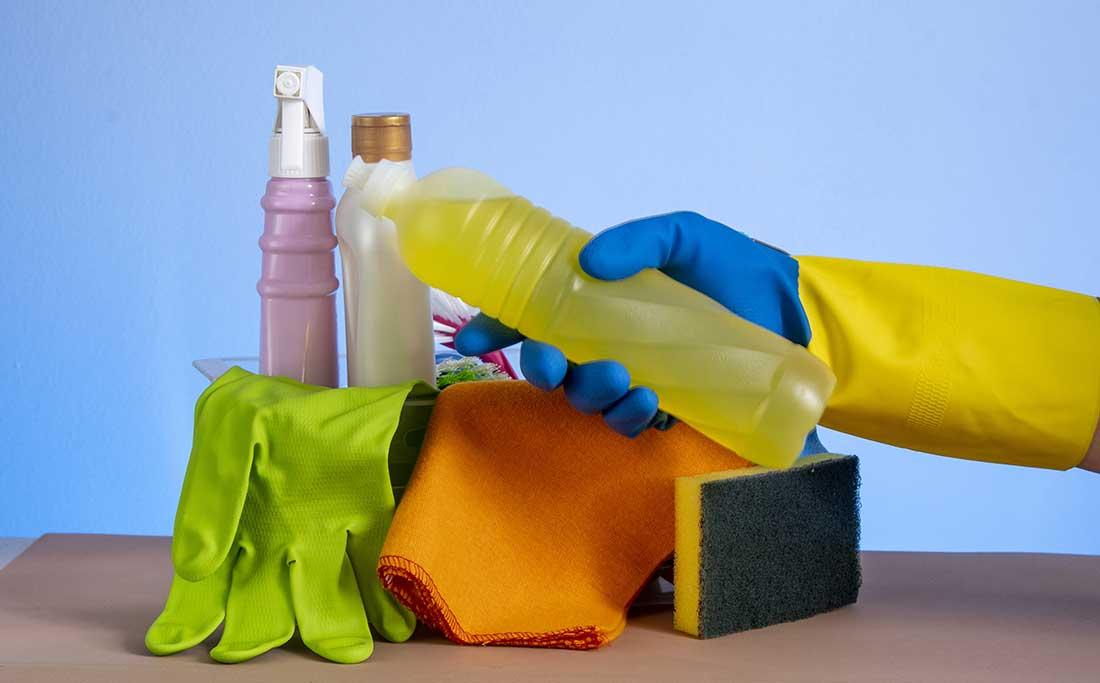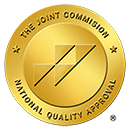What to Do if Household Products are Ingested

Many household products are poisonous when they’re ingested (swallowed). Children are most at risk since they don’t understand the dangers and the bright colors make poisonous household products look like candy or soda.
But adults have been known to accidentally swallow dangerous substances too, so knowing what to do in the event of an accident could save a life. Let’s take a look what what can be done when household products are ingested.
Which Products are Dangerous?
Many of the individual components or ingredients that go into household products are not especially harmful on their own, but when they’re combined to make the product they can be extremely toxic.
Some of the most common products people accidentally ingest include dishwasher and laundry detergents, bleaches and toilet cleaners. It’s wise to assume that anything that contains corrosive substances like acetic, sulphuric or hydrochloric acids, sodium hydroxide or sodium phosphate is dangerous. Dangerous alcohols include ethanol or butyl glycol. Essential oils to be wary of include camphor, wintergreen or pine oil. Soap products we use for personal hygiene can also contain substances that are harmful if they’re swallowed.
Swallowing is not the only way these chemical-laden products do harm. Other ways they can get into the body include inhaling or through skin contact. The effect the product has differs depending on it’s chemical content.
Symptoms of Poisoning
Not only do the symptoms change depending on the product, they are also influenced by how much product was swallowed or inhaled, or how long it was in contact with the skin.
Some products affect different parts of the body more than others; soap for instance can cause damage to eyes but won’t hurt the skin. Some are irritants when they touch skin and can cause burning, rashes, or small holes. When they’re inhaled, fumes from chemicals can make the throat swell up and cause breathing or swallowing difficulties. In extreme cases, these symptoms can be life threatening.
When they’re swallowed, many household products cause severe gastrointestinal symptoms. You may be repeatedly sick and even vomit blood. You may experience swelling of the tongue or lips, or have burns to the esophagus (the food pipe). Abdominal pain is another sign, and you may notice blood in the stools.
Other symptoms include a low heart rate or blood pressure, or a change in the PH level of your blood, which can occur when the poisoning comes from commercial cleaning products.
Symptoms of Poisoning include:
- Vomiting
- Trouble breathing
- Nausea
- Confusion
- Seizures
- Abnormal skin coloring
- Abdominal pain
What To Do If Someone Is Poisoned
If you suspect a child, or anyone you know, has swallowed household products, you can immediately call 911 or the National Poison Control Centre for advice. The NPCC is open all day, every day, with lines manned by poison experts who can advise.
Never try to make the child (or adult) sick to get rid of the poison from the body as this can often make the situation worse. Exceptions to this rule include if you’re speaking with a poison expert and they tell you to do so.
If possible, identify which product was swallowed, inhaled, or touched. Different chemicals react differently in the body, and it can make diagnoses and treatment much faster and effective if medical teams know exactly what they’re dealing with.
Treatment When Household Products are Ingested
Urgent treatment is vital because symptoms can be life-threatening or can cause tissue and brain damage. Treatments vary depending on the product. Doctors will first assess vital signs, looking at breathing, heart rate, body temperature, and blood pressure.
Eliminating the toxic substance from the body is the first priority, or preventing it from getting into the bloodstream if elimination isn’t possible.
Antidotes can counter negative effects, and some poisons have specific antidotes. Other treatments that may be necessary include:
- Giving intravenous fluids.
- Burn treatments.
- Pain medication.
- Irrigation of the skin.
- Oxygen to help with breathing.
- Endoscopy — a tube with a camera that’s put into the esophagus and stomach.
- Bronchoscopy — similar to endoscopy but put into the windpipe to look at the airways and lungs.
Fast treatment saves lives and minimizes tissue damage. If you suspect poisoning from household products, don’t hesitate to contact emergency services and get help.
Preventing Household Product Poisoning
Make sure all detergents and cleaning agents, soap and laundry products are locked away from children. Concentrated laundry products are especially harmful.
When you’re using chemical cleaning products, make sure there is good ventilation in the room. It’s easy for fumes to build up without you realizing it. Take plenty of breaks and go into the fresh air as often as possible.
All household products should be kept out of the reach of children, and by making it a habit to read labels and identify harmful chemicals you’ll know which ones to be extra vigilant about.




